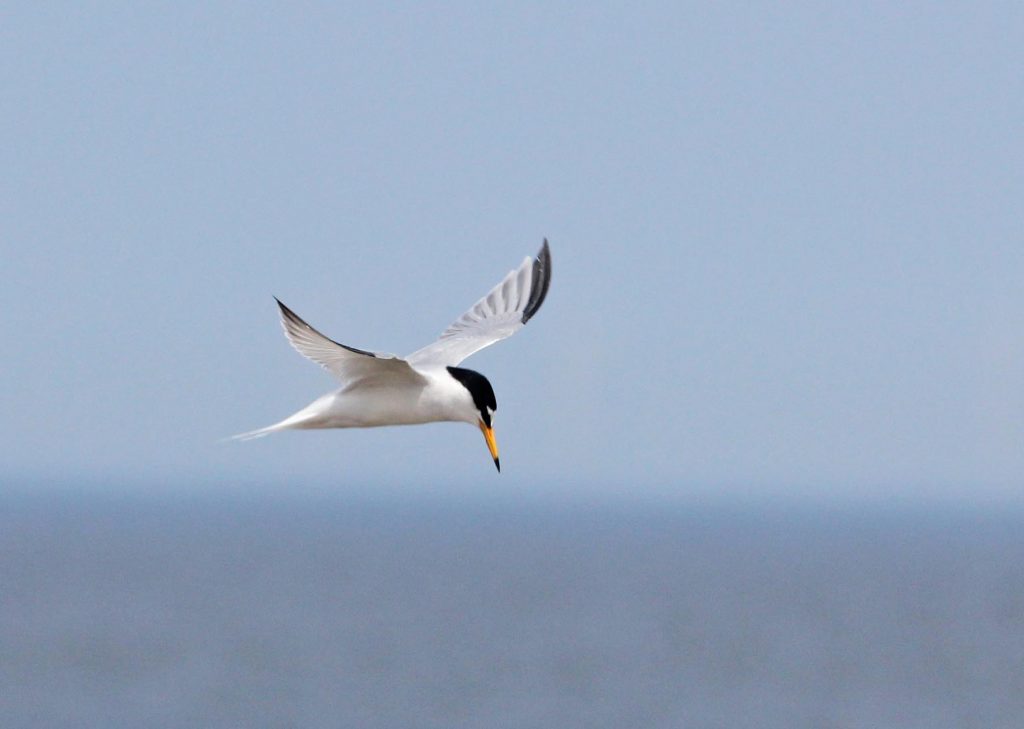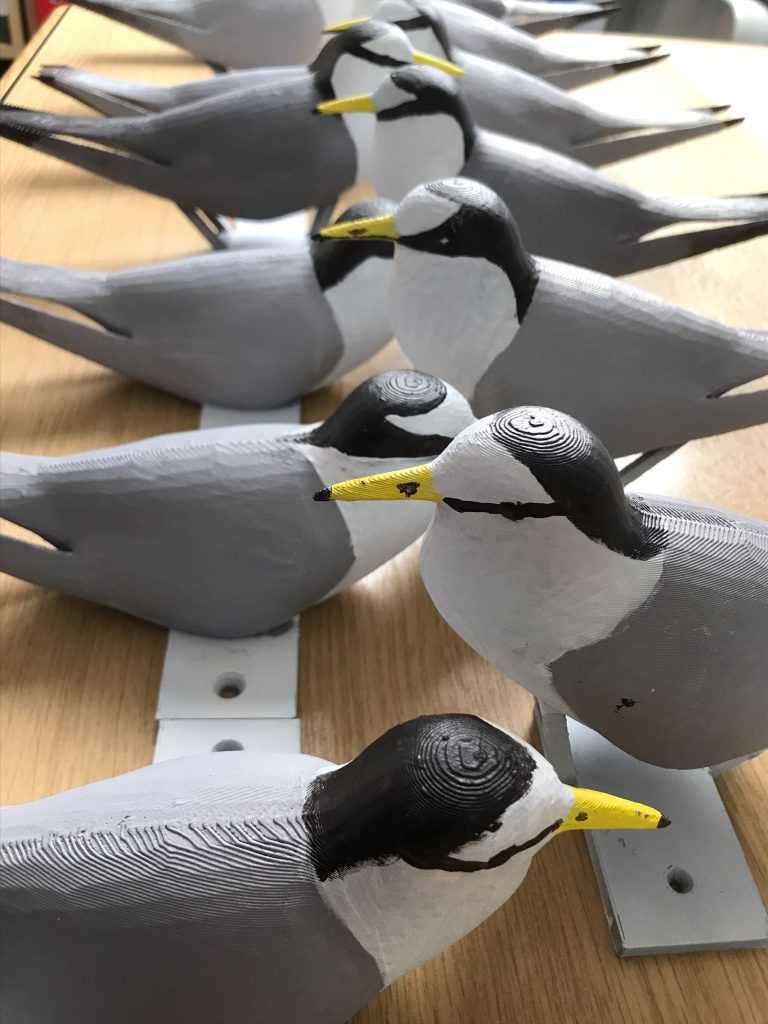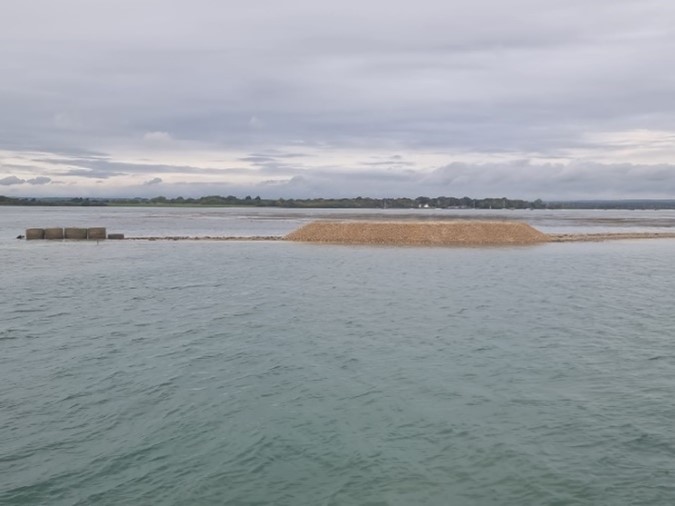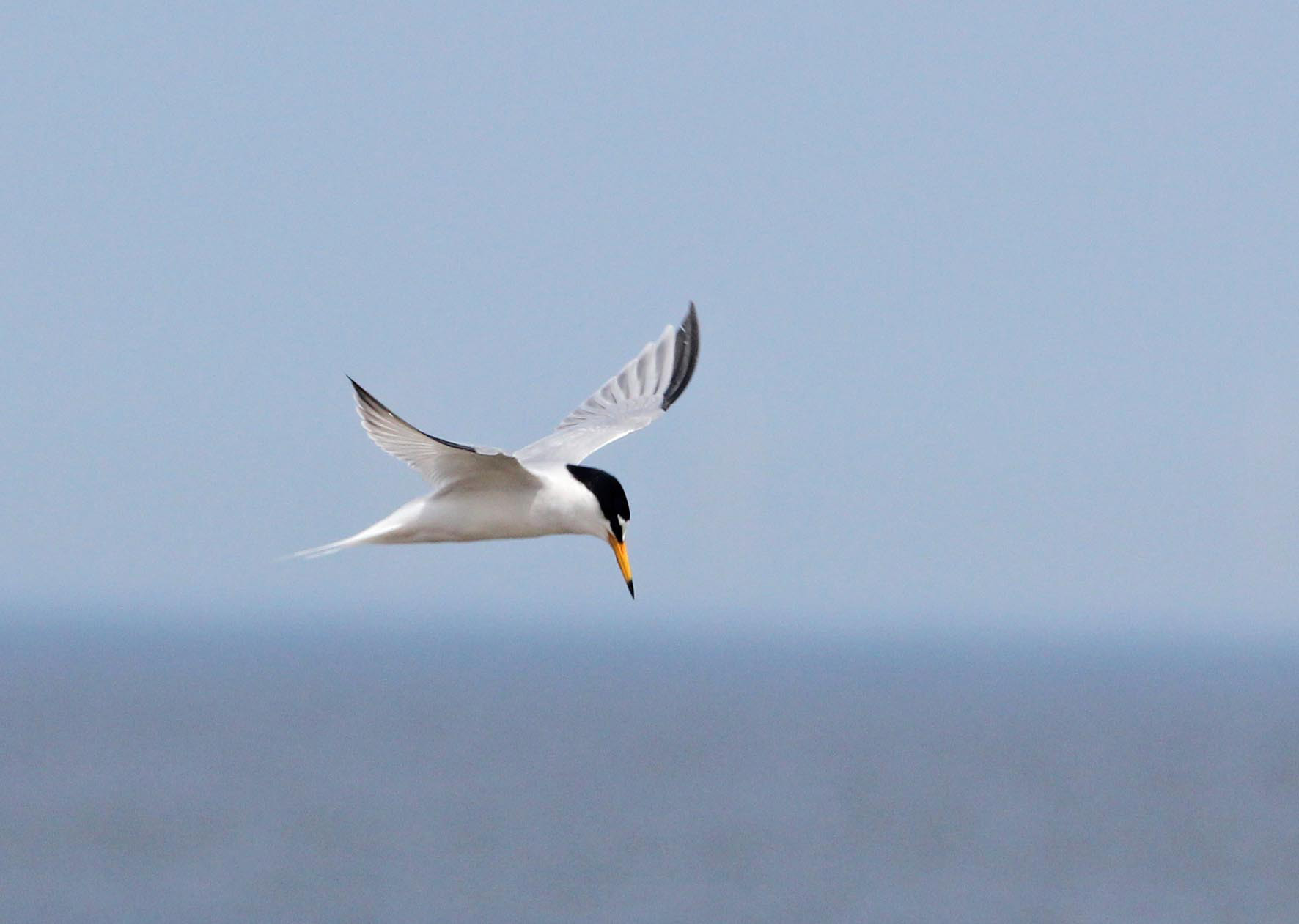The Return of the Tern Project was initiated in 2021. It was a nature recovery initiative to restore the breeding population of terns to Chichester Harbour. It followed the Natural England SSSI Condition Review which found Chichester Harbour to be in an unfavourable declining condition. In the wake of the report, the Friends of Chichester Harbour secured funding for this project from the government’s Green Recovery Challenge Fund.
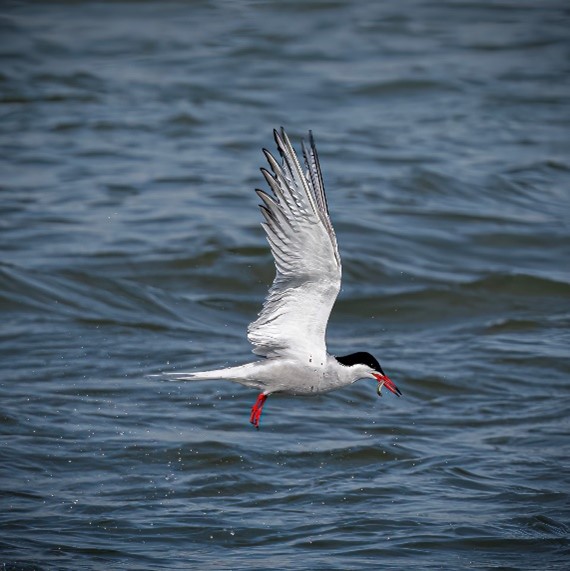
Terns are a migratory seabird, flying south to warmer climes in the winter. There are three species of tern found in Chichester Harbour: common tern, sandwich tern and little tern.
They nest on shingle but their natural nesting habitat has declined significantly in the past 20 years. Nest sites are regularly washed out on high spring tides and storm surges. The result has been a serious decline in the number of terns breeding within the harbour.
The Return of the Tern project aimed to restore suitable breeding sites for common terns and little terns by:
- Deploying further rafts around the harbour to support nesting pairs of common terns.
- Increasing the elevation of a shingle island to prevent inundation by spring tides.
Tern Rafts
Tern rafts are artificial nesting platforms used to provide secure shingle habitat for birds like terns to nest on. First launched on Thorney Deeps in 2019, they were immediately successful, with 20 young common terns fledging that year.
The project funded 5 new rafts, bigger and more resilient than the originals. By 2022 there were 42 pairs of common terns nesting on the rafts, resulting in 54 fledglings – a huge success!
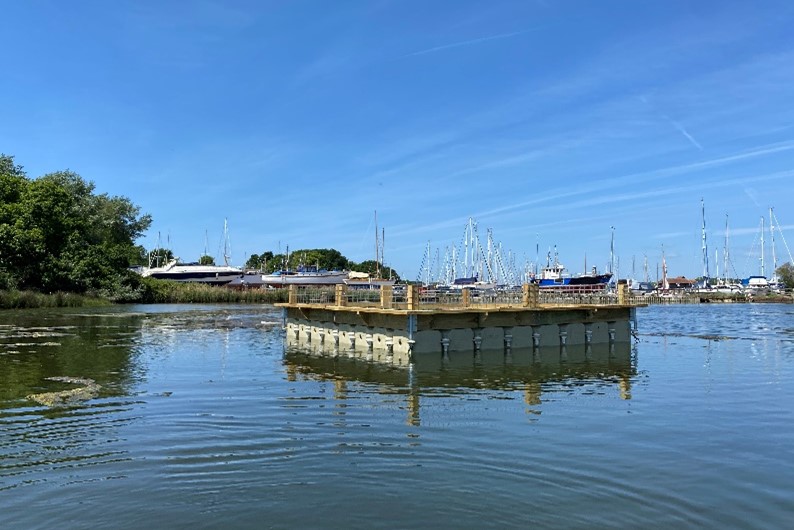
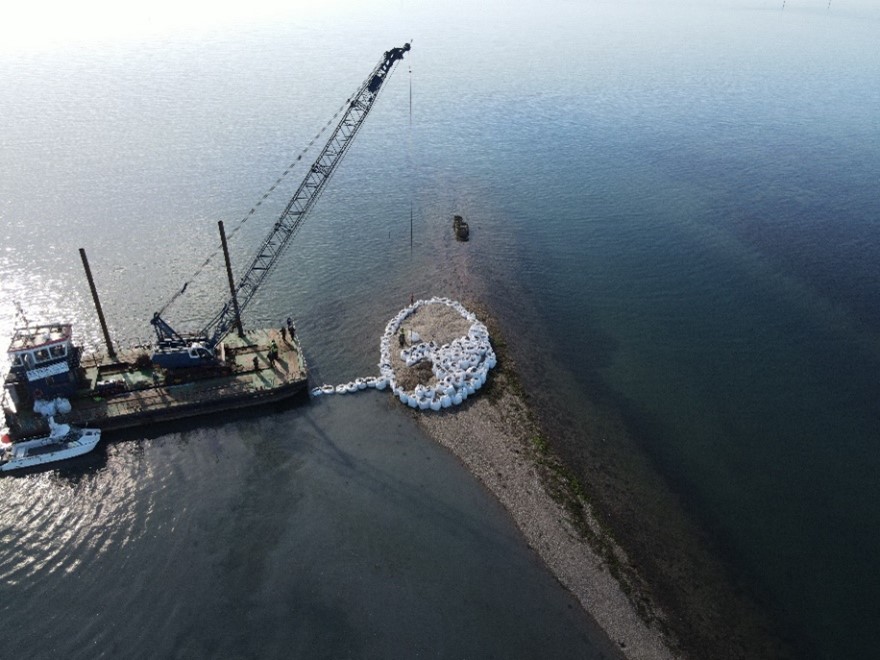
Shingle Recharge
The second part of the project focussed on “recharging” an area of Stakes Island with shingle. This aimed to provide a safe nesting habitat, primarily for little terns.
Detailed planning took place before the recharge and the work was timed carefully to avoid disturbance to wintering birds. In October 2022 500 tonnes of shingle were deposited on the area, successfully raising the island to ensure it will not be washed over at high spring tides.
This is the first time this type of habitat restoration has taken place within the harbour.
Return of the Tern – A Film
So far the results of the work have been encouraging. The island was used by a pair of nesting oystercatchers this summer, and a pair of little terns nested nearby, fledging one chick. It can take time for seabirds to become acquainted with new habitat areas, and we are hopeful that the area will provide habitat for little terns in years to come.
The Future
Like so many breeding seabird colonies around the UK, the common terns on the rafts at Thorney Deeps were affected by avian flu this year. This resulted in a number of failed nesting attempts and several casualties. It was not all bad news; at least 10 common tern chicks fledged. There is no doubt that the provision of suitable nesting habitat for these seabirds will help to ensure the populations can recover in the future.
